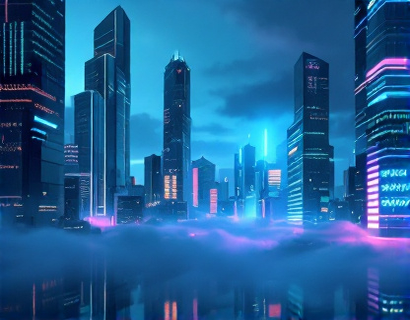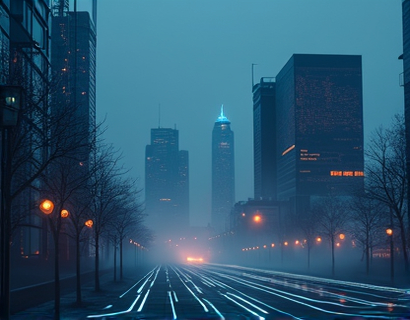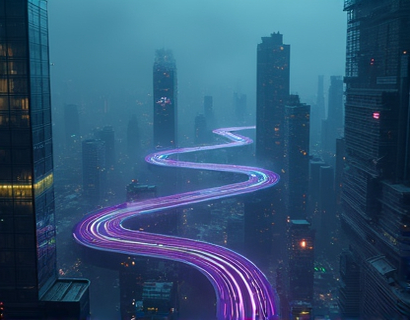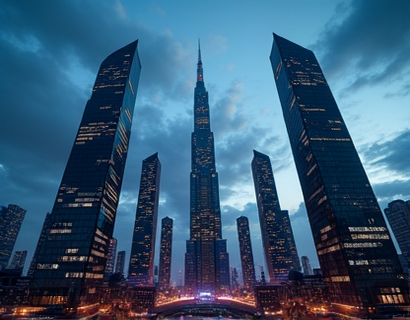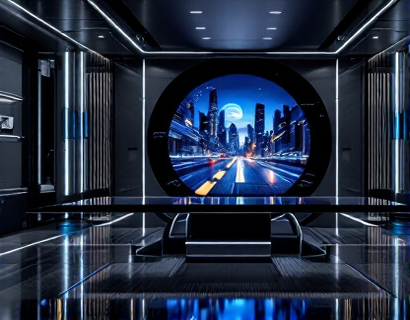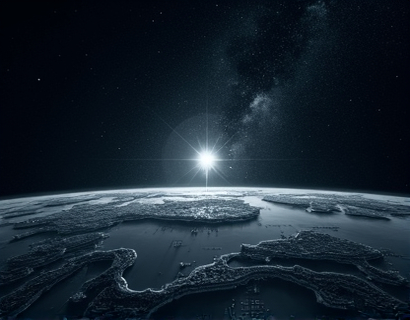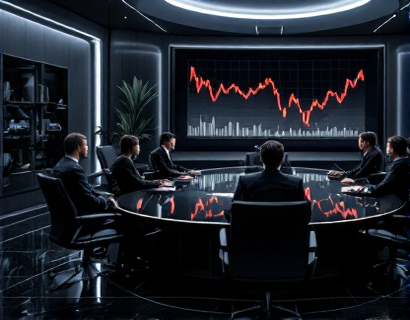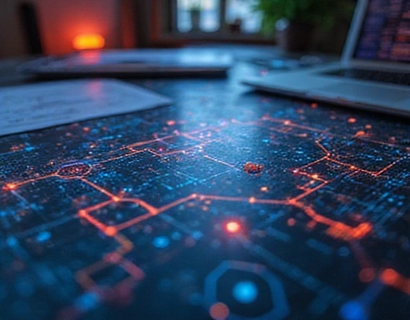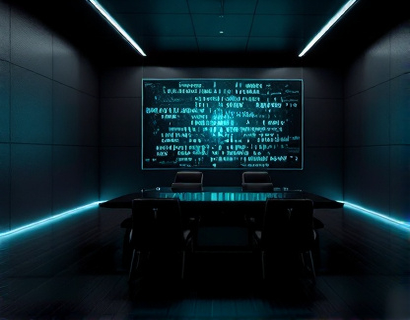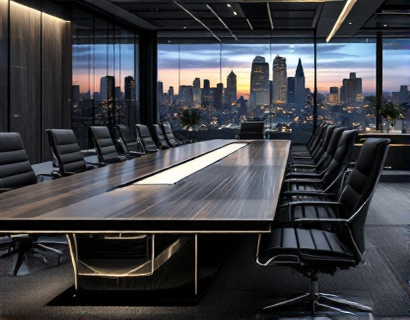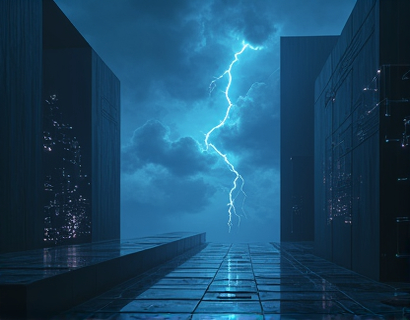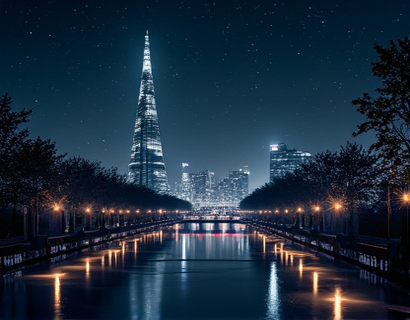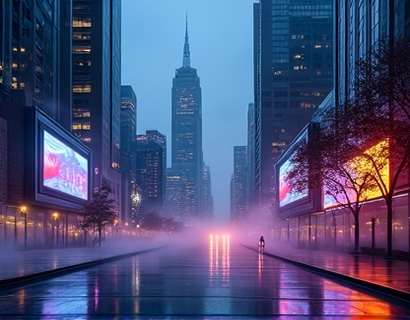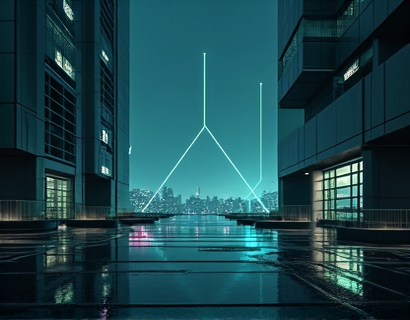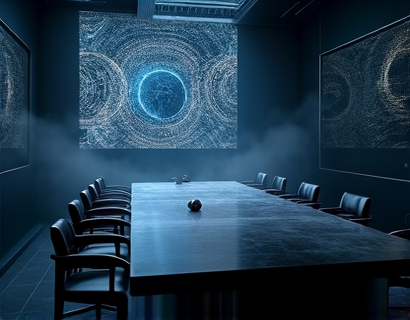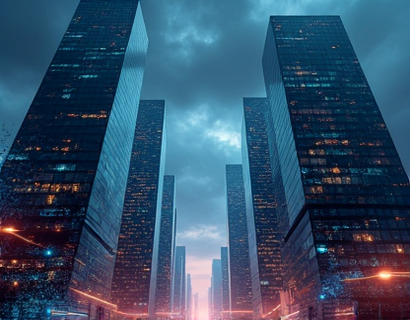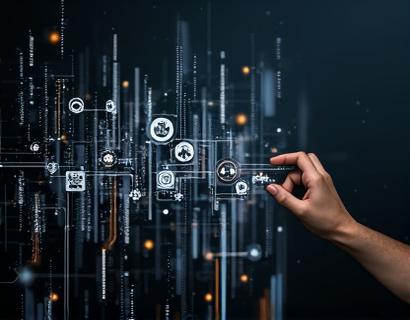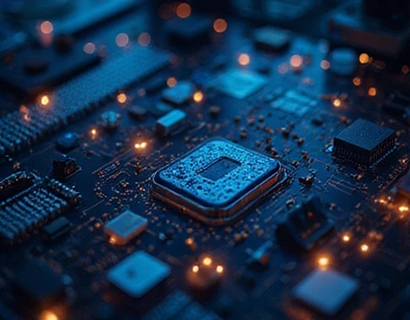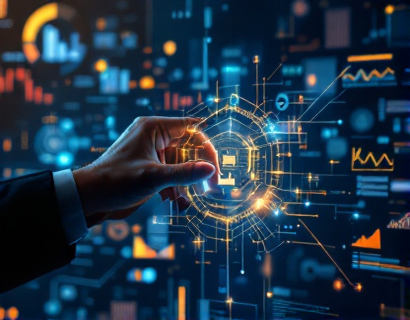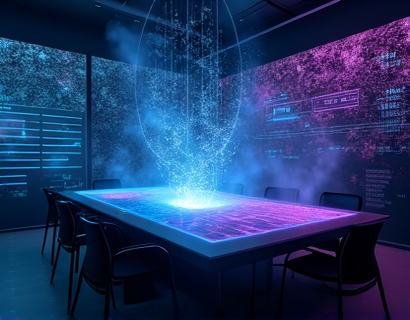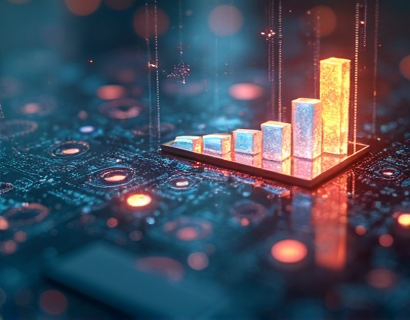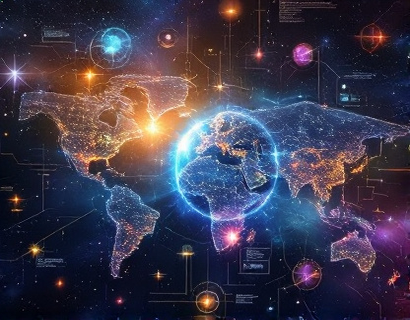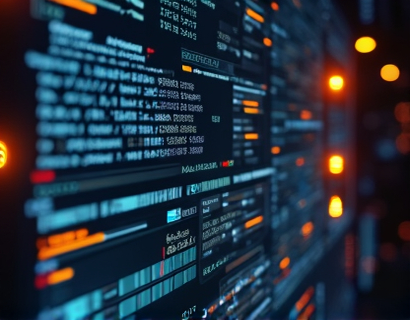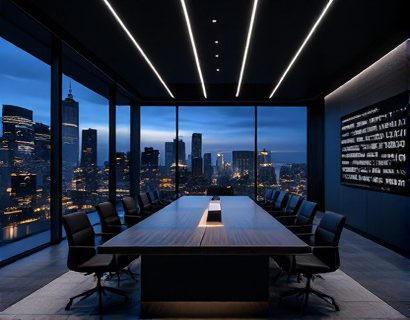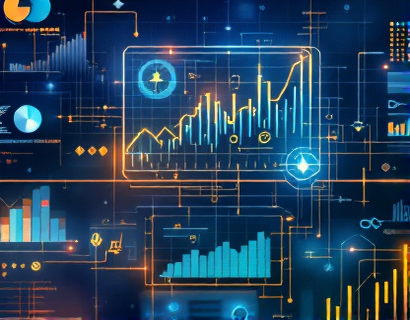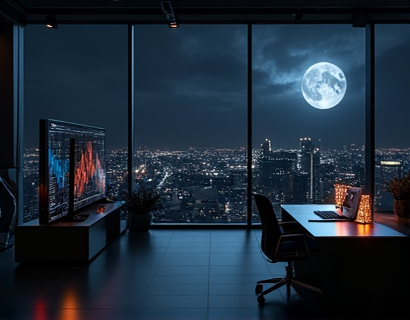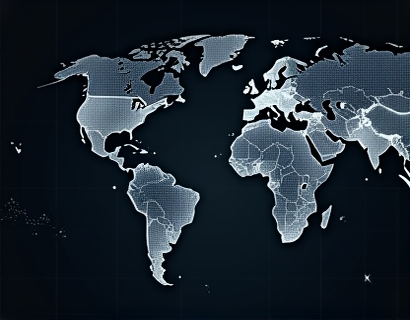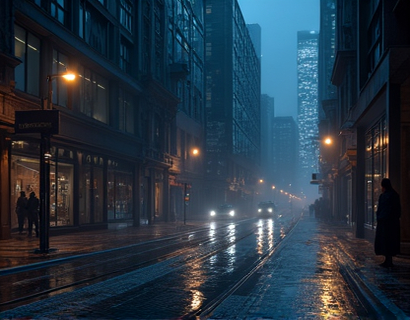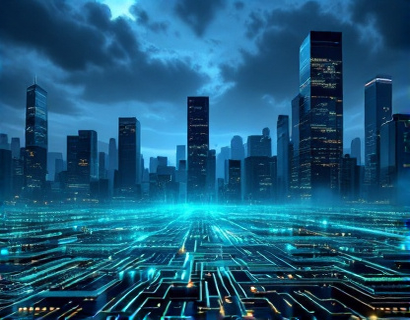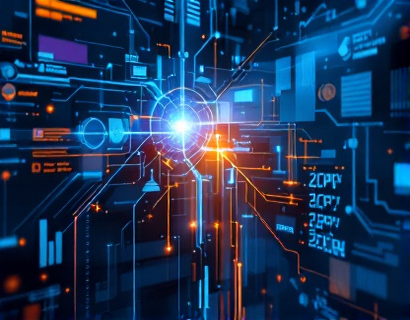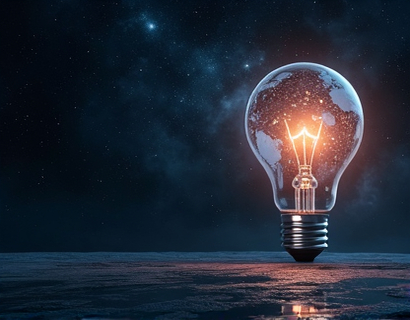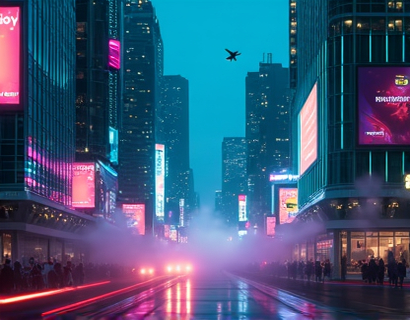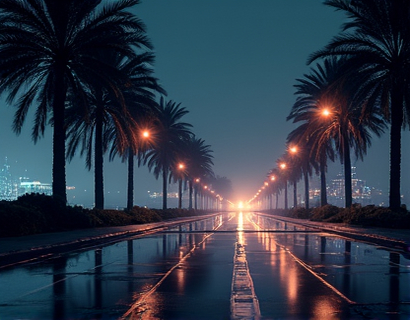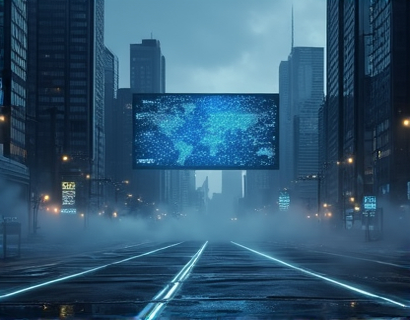AI-Driven Artistry: Revolutionizing Creative Expression with Intelligent Image Generation
The intersection of creativity and technology has given birth to a new era of artistic expression, where artificial intelligence plays a pivotal role in transforming conceptual ideas into breathtaking visual art. This fusion not only empowers artists but also provides businesses with unique visual content that can set them apart in a competitive market. At the forefront of this revolution is an innovative platform that leverages advanced AI technology to create stunning images from simple textual prompts. This article delves into the capabilities and potential of such technology, exploring how it is reshaping the landscape of digital art and creative industries.
The Evolution of Digital Art and the Role of AI
Digital art has come a long way since its inception, evolving from pixelated graphics to sophisticated, high-resolution masterpieces. The introduction of AI into this domain marks a significant milestone, offering artists and creators tools that augment their imagination and technical skills. Traditional methods of art creation, while invaluable, often require extensive time and expertise. AI-driven image generation technology democratizes the creative process, making high-quality visual content accessible to a broader audience.
AI algorithms, particularly those based on deep learning, have shown remarkable ability in understanding and generating visual content. These algorithms are trained on vast datasets of images, enabling them to learn patterns, styles, and techniques. When given a textual description or prompt, the AI can synthesize an image that reflects the essence of the input, often surprising users with its accuracy and creativity.
How AI Image Generation Works
The process of generating images using AI involves several key steps. First, the user provides a prompt, which can range from simple descriptions to detailed specifications. This prompt is then processed by the AI, which breaks it down into meaningful components. The AI uses this information to generate a visual representation, pixel by pixel, constructing the image based on learned patterns and styles.
A critical component of this process is the use of neural networks, specifically Generative Adversarial Networks (GANs) and Variational Autoencoders (VAEs). GANs consist of two neural networks: a generator that creates images and a discriminator that evaluates them. Through an iterative process, these networks refine the generated images to become increasingly realistic. VAEs, on the other hand, learn to encode and decode images, allowing for the generation of new images that are similar yet unique.
Benefits for Artists and Creatives
For artists, AI-driven image generation offers a powerful tool to expand their creative horizons. It serves as a collaborative partner, enhancing their ability to visualize and bring to life complex ideas. Artists can experiment with different styles and techniques without the need for extensive manual work, allowing them to focus more on the conceptual aspects of their art.
Moreover, AI can assist in overcoming creative blocks by suggesting novel combinations of elements and styles. This can lead to unexpected and innovative outcomes, enriching the artistic process. For emerging artists, this technology provides a valuable resource to build their portfolio and gain recognition in a crowded market.
Applications for Businesses and Brands
Businesses and brands can leverage AI-generated images to create unique and engaging visual content. This is particularly useful in industries such as advertising, marketing, and e-commerce, where high-quality visuals are crucial for capturing audience attention. AI can generate product images, lifestyle shots, and even abstract designs tailored to specific brand identities and campaigns.
One of the significant advantages for businesses is the cost-effectiveness and speed of AI-generated content. Instead of hiring photographers or artists, companies can produce a vast array of visuals quickly and at a lower cost. This efficiency allows for more frequent content updates and a more dynamic online presence.
Customization and Control
One of the most appealing aspects of AI-driven image generation is the level of customization it offers. Users can fine-tune various parameters such as color schemes, composition, and style to match their specific needs. This control ensures that the generated images align closely with the user's vision, providing a personalized and precise outcome.
Additionally, the iterative process allows for refinements and adjustments, enabling users to explore different variations of the same concept. This flexibility is invaluable for creating a cohesive visual identity or for experimenting with multiple design options.
Ethical Considerations and Future Directions
As with any powerful technology, the use of AI in art generation raises ethical questions. Issues such as copyright, originality, and the potential for misuse need to be addressed. The creative community and policymakers must work together to establish guidelines that protect artists' rights while fostering innovation.
Looking ahead, the future of AI-driven artistry is promising. Advancements in AI algorithms and increased computational power will likely lead to even more sophisticated and realistic image generation. Integration with other technologies, such as augmented reality and virtual reality, could open new avenues for immersive artistic experiences.
Conclusion
The fusion of creativity and AI represents a transformative shift in the world of digital art. By providing a powerful tool for turning conceptual ideas into stunning visuals, AI-driven image generation technology empowers both artists and businesses. As this technology continues to evolve, it holds the potential to redefine creative processes and open up new possibilities for artistic expression.



